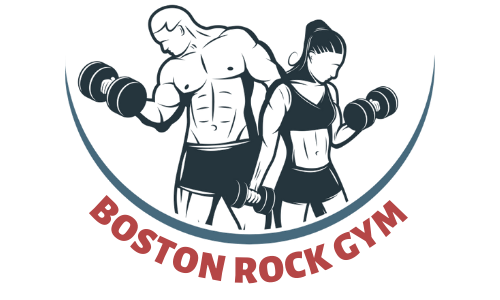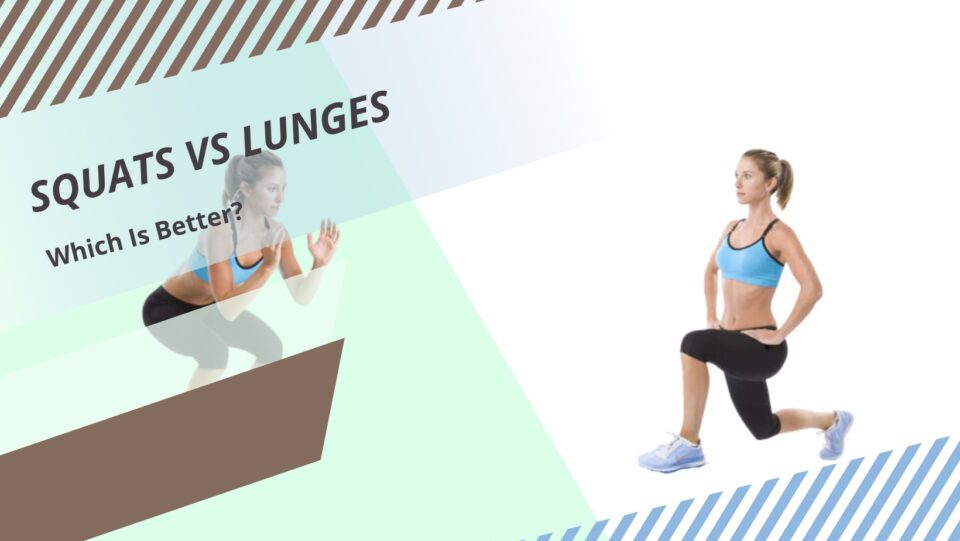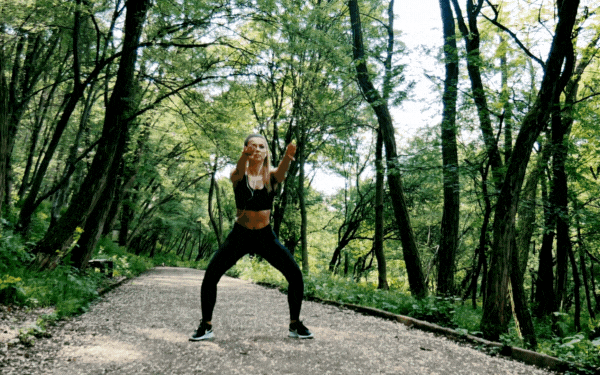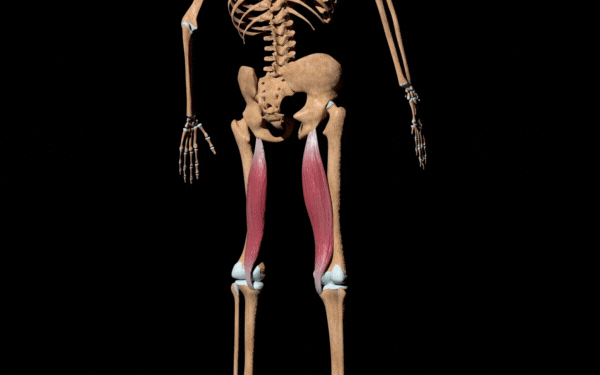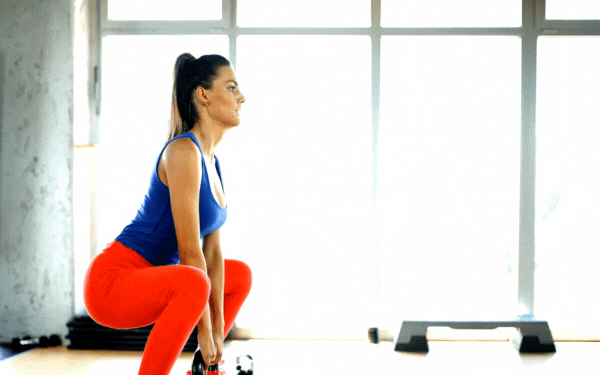If you’re planning to start working out more often and you’re wondering whether to include squats or lunges into your routine, we’re here to help you make the right decision! It’s important to know every detail about each of these exercises so that you can decide which one would work for your needs better, and that’s exactly what we offer.
Forget about wasting time and start learning more about squats and lunges below instantly!
Contents
Squats
The majority of strength-training programs, especially those intended for runners, contain squats and squat variants. Every time we sit down or get up from a chair, we engage in this basic human movement pattern.
The posture, joint, and muscular health that squats help you achieve are all important for boosting your running form and pace, and that is why squats are such a beneficial exercise. The quadriceps, glutes, hamstrings, and core are among the muscles that the squat also occurs to help you develop for a strong, powerful stride.
So it makes sense to include this exercise in your workout plan to help you balance your training. But mastering good squat technique is the most vital step. Squats are an excellent exercise choice since they have so many positive effects. Here are some of the main benefits you should consider:
- Boosting your core strength
- Enhancing posture and circulation
- Increasing total strength and muscular mass
- Focusing on the glutes (especially deep squats)
- Avoiding applying unneeded strain to the knee joints
- Helping to increase coordination and balance
- Aiding in controlling bowel motions
- Streamlining routine chores (as a functional exercise)
- Improving synthesis of testosterone
- Increasing jump height
- Squats are usually attainable without any special tools (although certain variations do require equipment).
Lunges
The unilateral lower body exercise known as the lunge also works the glutes and quads. Unilateral refers to carrying out the activity mostly on one leg. As you step forward, sideways, or backward, the leg that is stepping carries the majority of the weight.
Due to the unilateral nature of the exercise and the fact that it involves more balance than a squat, this movement cannot be loaded as much. Additionally, two muscles that aid in stabilizing the hip, the adductors and the glute medius, are frequently more active.
Because your back knee restricts your range of motion when it reaches the floor, you can’t squat as low as you might. Lunges are a beneficial exercise to include in your lower body workout regimen. Here are a few advantages to think about:
- Making the core more stable
- Enhancing balance and stability
- Increasing bodily symmetry enhances flexibility and function.
- Strengthening coordination
- Sculpting the glutes
- Athletes’ sprinting efficiency increases their lower body strength
- Lunges can help avoid hamstring injuries and are widely utilized in rehabilitation regimens.
Squat Vs. Lunges – Key Differences
The two most well-known and regular lower body exercises are squats and lunges. Both of these fundamental workouts enhance performance and strength while assisting in the development of total muscle mass. If you set aside one day to focus on the lower body muscles, it is simple to include both of them in your training regimen.
However, if you don’t have time for a lengthy training regimen, you should concentrate on activities that will be most beneficial. Although the two workouts are essentially identical, one is likely to prove better for you and your needs. Take a look at the list below to find out what the main differences between these two workouts are so that you can choose the one that works for you perfectly:
1. Muscles Targeted
Squats and lunges are great full-body workouts for increasing muscular growth, developing strength, and toning the body. Both movements work your glutes, quads, hamstrings, calves, abdominals, and back, among other key muscle groups. You may work the glutes, quadriceps, and hamstrings with lunges and squats.
Few workouts can do so much all at once. However, when you move your leg and attempt to balance your body weight during a lunge, the gluteus medius muscle is activated. When completing side lunges, your adductor and core muscles also help to stabilize your body. Squatting, however, also strengthens your erector spine, obliques, and abs.
2. Difficulty
Squats are a good place to start if you’re new to the fitness scene. For beginners, squatting is simpler than lunging. This is because performing tasks like sitting in a chair or carrying heavy objects requires us to squat. It is simpler, and we are more accustomed to it.
You must support your entire weight on one leg when performing lunges. Many people may find this challenging at first, which increases the risk of muscular strain or injury. You should start with reverse lunges if you wish to perform lunges first.
3. Convenience
When deciding between lunges and squats, opinions are divided. Squats are preferred by some individuals because they are simpler and less dangerous than lunges. You may target upper body muscles with squats and work lower body muscles. To make it harder, use a kettlebell, barbell, or dumbbell.
Lunges, according to another group of fitness professionals, can assist to balance out the strength differences between the two legs. When doing activities like squats, when both legs are involved at once, it might be difficult to determine which side of your body is working harder (dominant and non-dominant sides).
Your dominant side will eventually keep becoming stronger while the inferior side stays weak. The most effective solution to this issue is to lunge. Exercises like lunges are iso-lateral, meaning only one side moves at once. By doing this, a strength imbalance may be corrected.
Conclusion
If you still aren’t sure which of these two exercises is better, we suggest that you regularly perform both. If it’s not doable, alternate the days that you complete each one. Both are great lower-body exercises and offer a variety of health advantages.
Consider your ultimate goal before making a choice if you wish to pick the best one. Keep in mind that squatting is the ideal exercise for beginners while lunging is a good exercise to perform if you want to strengthen your entire body.
